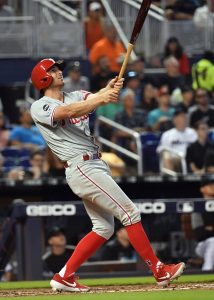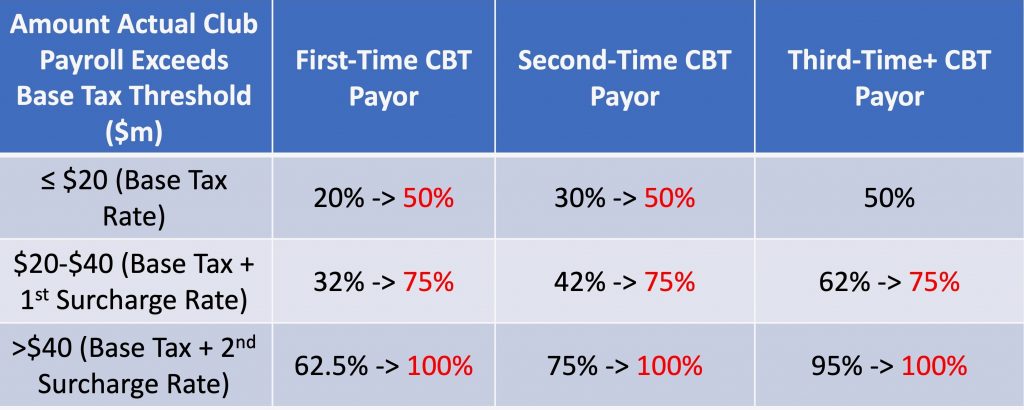5:28pm: Bob Nightengale of USA Today reports (on Twitter) that the owners unanimously voted to ratify the new CBA. After 99 days, the lockout and accompanying transactions freeze have officially been lifted.
3:47pm: MLB owners are expected to ratify the new collective bargaining agreement at 6:00pm eastern/5:00pm central time tonight, according to Andy Martino of SNY. Transactions are set to unfreeze immediately thereafter, meaning teams will again be able to sign free agents and make trades. Upon locking out the players on December 2, MLB also instituted a transaction freeze, which ended up lasting 99 excruciating days.
We’re expecting an unprecedented level of MLB hot stove action crammed into a 28-day period, with Opening Day set for April 7. Hundreds of free agents are still without jobs, including 20 of MLBTR’s top 50 of the offseason. Click here to review the best remaining free agents, led by Carlos Correa, Freddie Freeman, Kris Bryant, Trevor Story, Nick Castellanos, Kyle Schwarber, Carlos Rodon, Michael Conforto, and Seiya Suzuki. Check out the full free agent list here. To review which free agents signed prior to the lockout, click here. My ballpark estimate is that around 60 free agents will sign MLB deals between now and Opening Day. Old qualifying offer rules remain in place for this group of free agents, meaning that if new teams sign Correa, Freeman, Story, Castellanos, and Conforto, they’ll be subject to draft pick forfeiture.
Several factors will affect exactly how aggressive teams are in pursuing free agents. One is how many executives bent the rules and communicated with agents during the lockout, potentially laying groundwork for instant agreements.
Another is the new competitive balance tax thresholds. The base tax threshold will rise from $210MM in 2021 to $230MM this year, a 9.5% increase. By 2026, the base tax threshold will reach $244MM. There are three additional tax tiers beyond the base threshold at $20MM increments, the last of which is a new addition with this CBA. In 2021, only the Dodgers and Padres exceeded the base tax threshold, but five other teams came within $3.4MM of it. The teams that prefer to treat the base tax threshold as a soft salary cap now have an additional $20MM to play with in 2022.
It’s also worth considering the new anti-tanking measures agreed to by MLB and the players. They’ll be instituting a draft lottery for the first six picks, and also penalties for landing near the bottom of the standings multiple years in a row (we’ll explore that fully later). In theory, rebuilding clubs could become a little more active in the market.
An additional major CBA change that may affect free agency is the move from 10 to 12-team playoffs. The bar for entry into the playoffs has been lowered. That could push a fringe contender to acquire players. On the flip side, a team projecting itself for 90+ wins may feel certain additions are now unnecessary with fewer wins required to make the playoffs.
The universal DH is also part of the mix, with bat-first free agents like Nick Castellanos, Nelson Cruz, and Jorge Soler now becoming more palatable for National League teams.
Trading was minimal prior to the lockout, so expect a burst of activity in that area as well. MLBTR covered the 14 likeliest trade candidates, impact players with a chance to move, and 27 more regulars with a plausible chance of being traded. The Athletics, Reds, and Mets figure to be in the thick of many trade discussions. Again, it’s possible executives were conducting covert trade talks during the lockout, but we don’t know for sure. What we do know: we’re excited to switch from lockout coverage to free agency and trades. Thanks for hanging in there with us.


